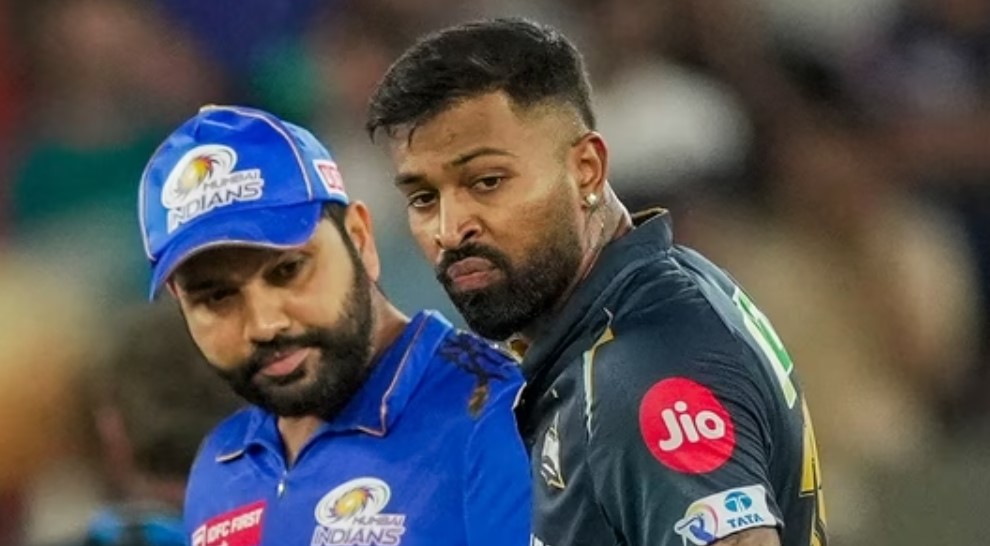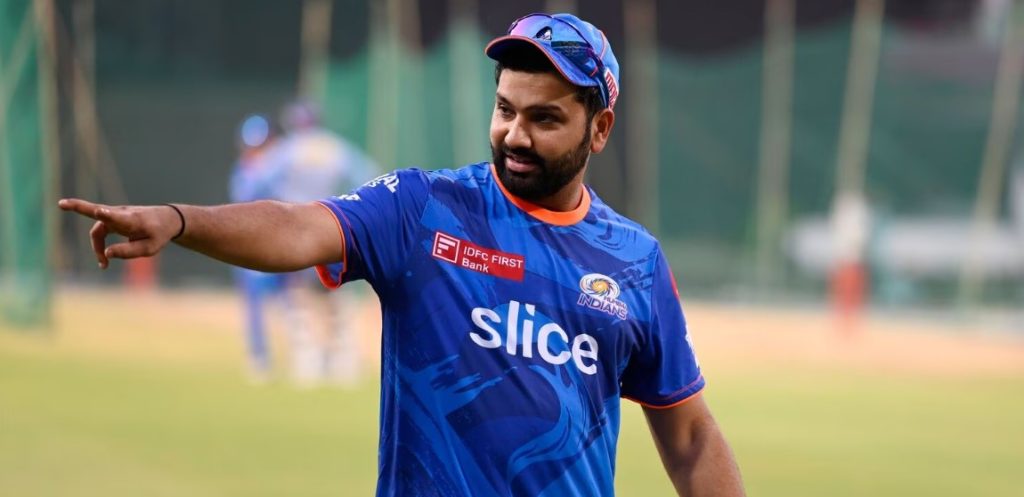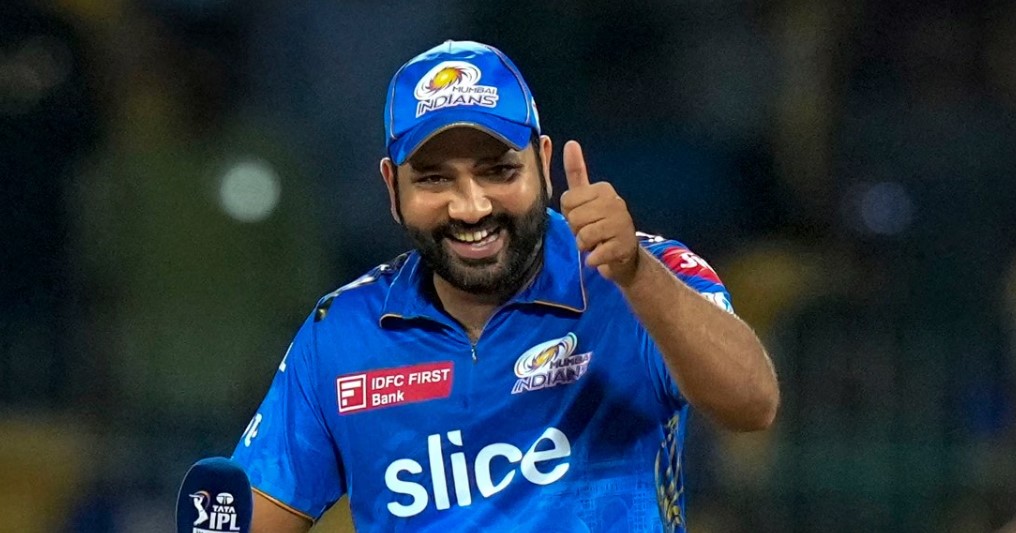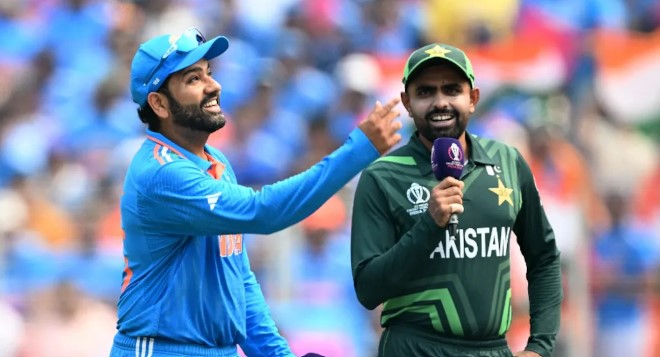
Leadership is a job that has a tremendous amount of weight and relevance in the constantly shifting environment of Indian cricket. In the world of cricket, many leagues and events define the calendar. However, the Indian Premier League (IPL) stands out as a spectacle that combines skill, strategy, and pure enjoyment. Within this dynamic cricketing environment, the skipper retains a distinct role, often serving as a representation of the core values and aspirations of a team.
There is a wonderful story that is beginning to take shape as the Indian Premier League 2024 season draws closer. This story has the potential to reshape the fundamental characteristics of leadership within the Indian cricket community. An individual whose name is linked with elegance, power, and shrewd cricketing acumen is Rohit Sharma, who is at the center of this story. The trip that Rohit Sharma has taken in the Indian Premier League has been nothing short of spectacular. It has been distinguished by a multitude of awards, performances that have broken records, and the unmistakable impression of leadership.
Throughout the excitement and expectation that has surrounded the Indian Premier League 2024 season, a fascinating fact has emerged: Rohit Sharma is on the verge of being the first Indian captain in sixteen years to not… What exactly is the most important aspect of this truth? What does it mean for the landscape of the Indian Premier League and Indian cricket? To find answers to these concerns, it is necessary to go further into the annals of Indian Premier League history. This involves studying the most significant occasions and transitions in leadership that have defined the course of the league.
It is vital to take a look back at the historic lineage of Indian captains in the Indian Premier League (IPL) to appreciate the importance of Rohit Sharma’s upcoming leadership term. Since its start in 2008, the Indian Premier League (IPL) has been witness to a procession of tenacious leaders who have left an indelible impact on the heritage of the league. From the legendary MS Dhoni, who led the Chennai Super Kings to numerous championships, to the dynamic Virat Kohli, who exemplified the spirit of Royal Challengers Bangalore, every captain has brought a distinctive combination of charm, strategy, and leadership to the forefront of the game.
When seen against this background of highly regarded captains, the disclosure of Rohit Sharma’s rise to prominence takes on a remarkable level of importance. The expression “to not…” piques the interest of the imagination and alludes to a departure from standards, a departure from the established conventions that have regulated the world of Indian Premier League leadership. It invites us to investigate the unknown region that Rohit Sharma is about to cross, therefore forging a fresh track that is different from the one that his predecessors have taken.

When we take into consideration the time dimension, which is sixteen years, the tale acquires additional depth and poignancy. Given the cyclical nature of leadership shifts and the long history of Indian cricket, this period serves as a painful reminder of both of these things. The sport of cricket in India has seen a transformation over sixteen years, during which time it has witnessed the emergence of new talents, the development of different playing styles, and the arrival of a dynamic cricketing environment.
Taking everything into consideration, the selection of Rohit Sharma as captain not only marks the beginning of a new phase in his own professional life but also marks a significant turning point in the history of Indian cricket. His rise to power is a manifestation of the intersection of innovation and tradition. He combines the ageless qualities of leadership with a contemporary point of view that is reflective of the spirit of contemporary cricket at large.
It is essential to understand the outlines of the statement “to not…” to fully appreciate the whole of the ramifications that Rohit Sharma’s leadership carries. Not only does the ellipsis leave the ending open-ended, which is fascinating and invites inquiry and supposition, but it also acts as a canvas for imagination and anticipation.



